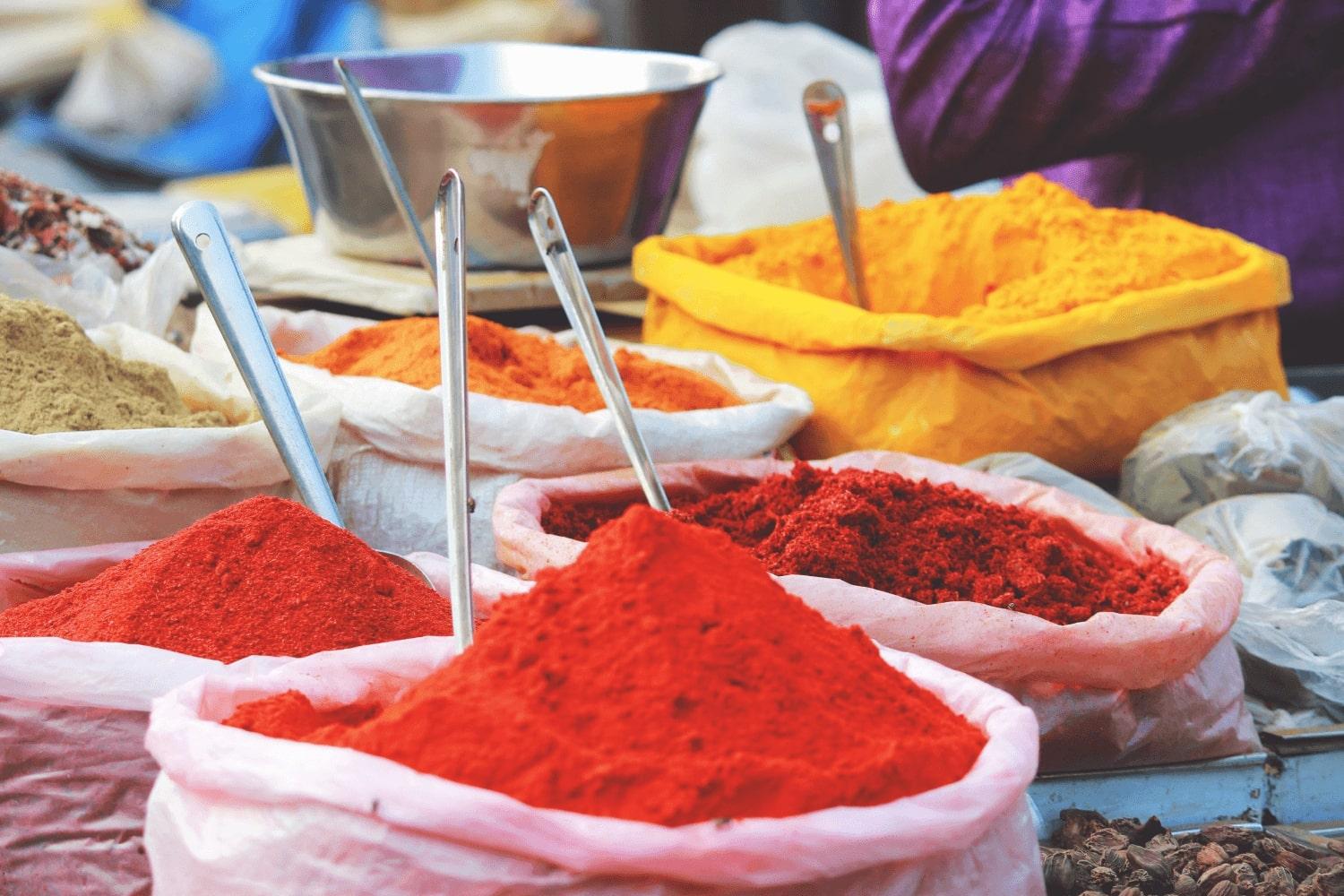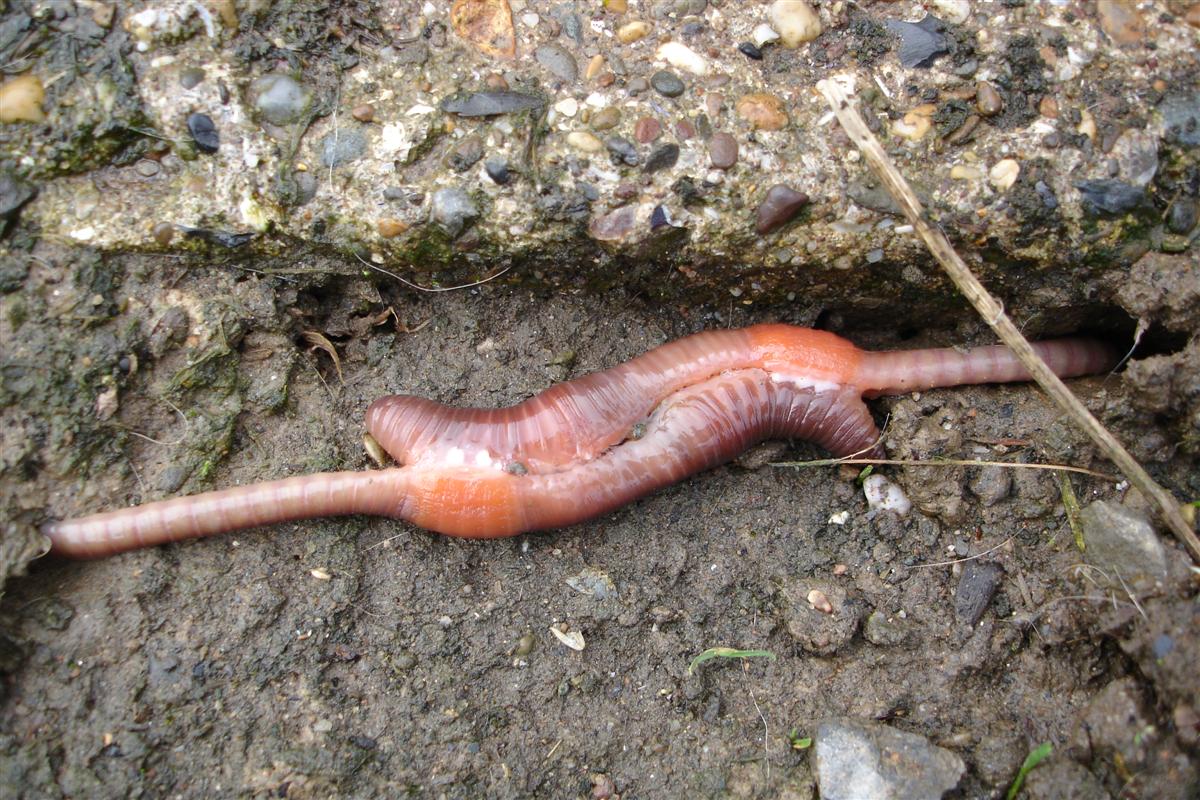
The Living Cell
The Basic Building Block Of Living Organisms
MICROSCOPE SEES CELLS!!!
The Tenets of the Cell Theory
The last two have been added as we grow with understanding.
Characteristic of Living Organisms
All living organisms:
- are made of cells (unicellular or multicellular)
- can respond to stimuli (senses)
- can perform chemical activities (ingest, digest, respire, excrete)
- can grow and develop (cell division)
- can reproduce their own kind (asexual or sexual)
PROKARYOTIC CELLS
EUKARYOTIC CELLS
KINGDOMS ARE CELLS
Animal Kingdom
food chain role - consumer
Plant Kingdom
food chain role - producers
Fungi Kingdom
food chain role - decomposer
disease agent - pathogen
Protists Kingdom
food chain role - producer, consumer
disease agent - pathogen
Bacteria Kingdom
food chain role - producer, decomposer
disease agent - pathogen
Bacteria Structures
Name References Its' Shape
Strepto coccus
Compare an Animal Cell to Plant Cell
cytoplasm, cell membrane, cell wall, nucleus, mitochondria, chloroplasts, lysosomes, and vacuoles.
You Are Responsible For Understanding These Cell Structures: K!
cell membrane
cytoplasm
nucleus (DNA)
mitochondria
chloroplast
vacuole
lysosome
3 Important Cell Processes
Photosynthesis & Cellular Respiration
Mitosis
DIFFUSION & OSMOSIS
PHOTOSYNTHESIS & CELLULAR RESPIRATION
Photosynthesis is the process of making glucose or food molecules.
Cellular Respiration is the process that releases energy from food molecules.
(aerobic respiration is another name for cellular respiration)
SEE DIAGRAM BELOW
MITOSIS
Purpose - produce new cells for prokaryotic and eukaryotic organisms.
1. Prokaryotic Cells - Bacteria clone themselves to create more bacteria.
2. Eukaryotic Cells - Fungi, Plant and Animal cells copy and divide so the organism can:
- grow and develop
- repair itself
- reproduce
Mitosis Phases
Phase 1 Interphase
- The cell's DNA is copied; An exact copy is made if all goes well.
Phase 2 Prophase
-The DNA pairs come together preparing to line up at the center of the cell.
Phase 3 Metaphase
- The DNA pairs line up as the membrane begins to pinch in at the center of the cell.
Phase 4 Anaphase
- The DNA pairs are pulled apart each moving toward the centromeres at each end.
Phase 5 Telophase
- Each end of the cell has a full set of DNA, the membrane completely breaks to 2 new cells.
SOMETHING TO THINK ABOUT
Science Changes
ummm....6 Kingdoms? Where's bacteria?
History of Classification of Living Things
Taught to 1960 ish
- 2 Kingdoms: Plant and Animal
Taught to 2010 ish
- 5 Kingdoms: Animal, Plant, Fungi, Protist, Bacteria
Current trend!
- 6 Kingdoms: Animal, Plant, Fungi, Protist, Eubacteria, Archaeabacteria




























